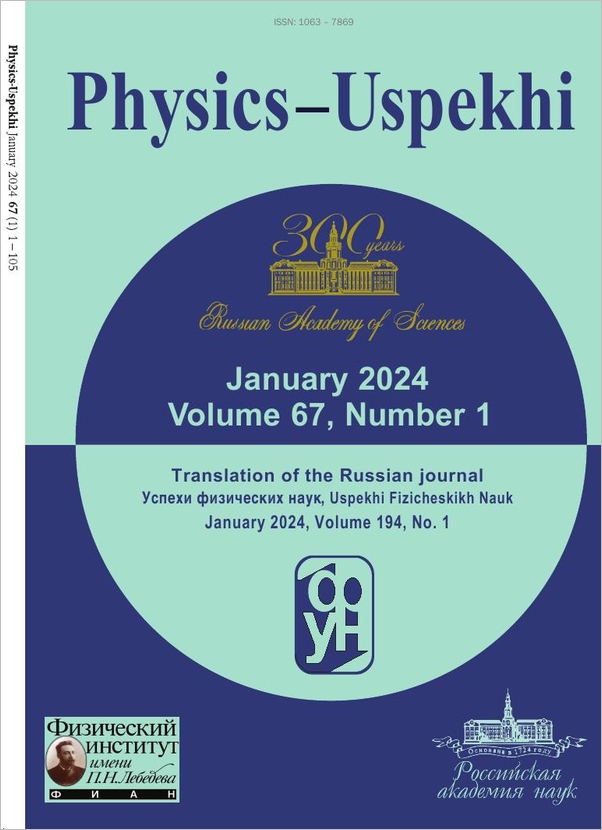|
This article is cited in 39 scientific papers (total in 39 papers)
REVIEWS OF TOPICAL PROBLEMS
Randomness, determinateness, and predictability
Yu. A. Kravtsov
General Physics Institute of the Academy of Sciences of the USSR, Moscow
Abstract:
The basic conventions regarding randomness employed in mathematics (set-theoretical approach, algorithmic approach) and in physics (decaying correlations, continuous spectrum, hyperbolicity, fractal nature, uncontrollability, nonrepeatability, nonreproducibility, nonpredictability, etc.) are analyzed. It is pointed out that phenomena that are random from one viewpoint may be determinate from another viewpoint. The concept of partially determinate processes, i.e., processes that admit prediction over bounded time intervals, is discussed. The theory of partially determinate processes is based on identifying randomness with unpredictability and establishes the interrelation between the real physical process $x(t)$, the observed process $y(t)$, and the model (predictive, hypothetical) process $t(t)$. In this theory the degree of determinateness, which is denned as the correlation coefficient between the observed process and prediction, is employed as a measure of the quality of predictability. Diverse theoretical, experimental, and numerical measures of partially determinate processes as well as examples of partially determinate fields are presented. It is emphasized that the time of determinate (i.e., predictable) behavior $\tau_{\det}$ of an observed process $y(t)$ can be much longer than the correlation time $\tau_c$, and the degree of coherence is the worst estimate of the degree of determinateness. From the viewpoint expounded determinate chaos stands out as a completely determinate process over short time intervals ($\tau\ll\tau_{\det}$), as a completely random process over long intervals ($\tau\gg\tau_{\det}$), and as a partially determinate process over intermediate time intervals $\tau\sim\tau_{\det}$. It is significant that in the interval between $\tau_c$ and $\tau_{\det}$ chaotic and turbulent fields admit both a determinate and statistical (kinetic) description.
Citation:
Yu. A. Kravtsov, “Randomness, determinateness, and predictability”, UFN, 158:1 (1989), 93–122; Phys. Usp., 32:1 (1989), 434–449
Linking options:
https://www.mathnet.ru/eng/ufn7652 https://www.mathnet.ru/eng/ufn/v158/i1/p93
|


| Statistics & downloads: |
| Abstract page: | 123 | | Full-text PDF : | 40 |
|





 Contact us:
Contact us: Terms of Use
Terms of Use
 Registration to the website
Registration to the website Logotypes
Logotypes








 Citation in format
Citation in format 
